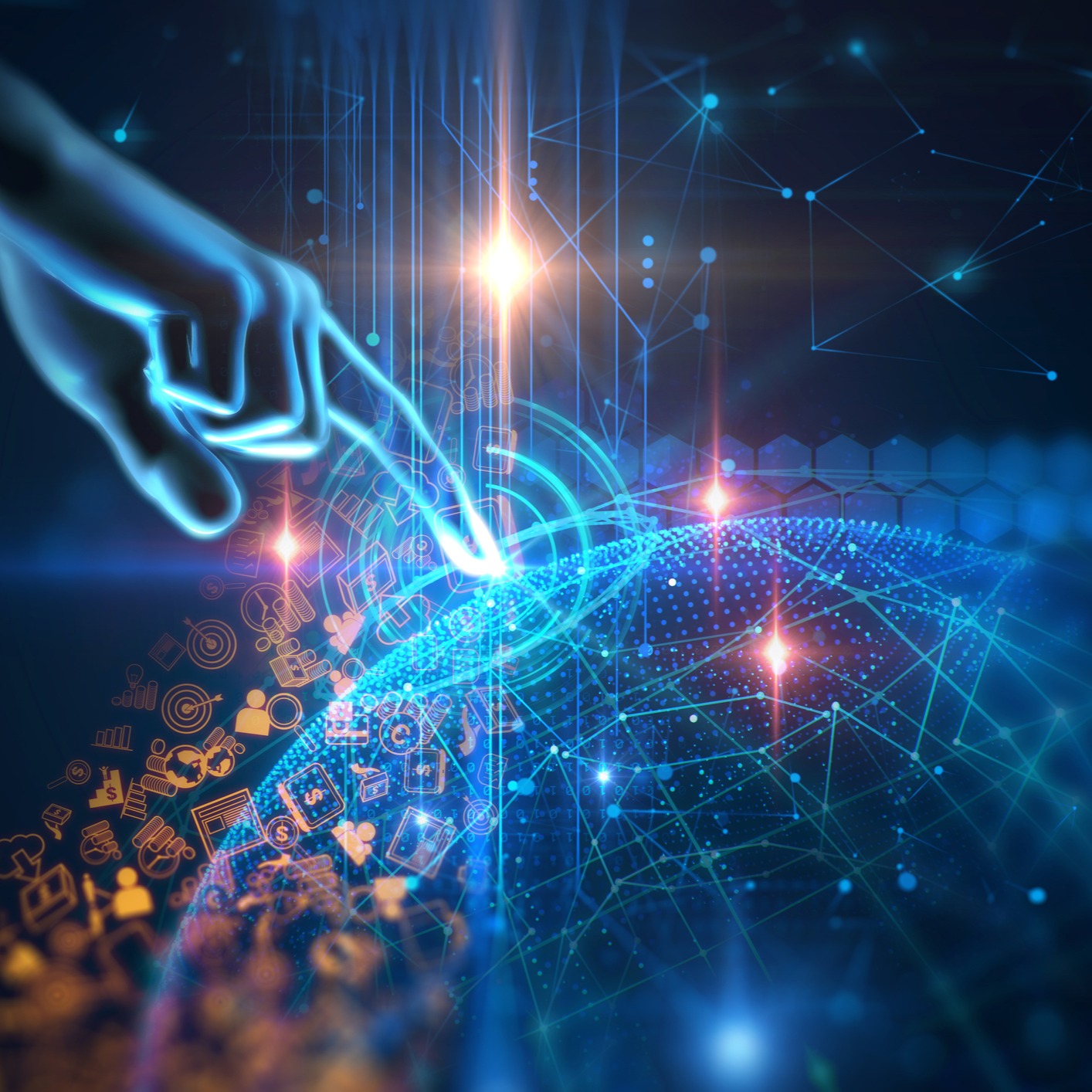
Top 9 Digital Transformation Trends 2022
The covid 19 crisis and lockdowns has facilitated many digital innovations and transformations to speed up and redistribute the workplace (work from home which has come to stay). The expenditure on digital transformation technologies is to reach $1.8 trillion in 2022, as per Statista.
- The 5G Upgrade
5G the fifth-generation format is already staring us in the face as cloud computing and multi-layer cloud services across platforms and services are gaining ground. All the ISPs are readying themselves for this and creating infrastructure to house this technology. The mobile phone manufacturers are also ready with their 5G phones for all categories of consumers. Hence directly benefitting the consumers.
- Improvised Cloud Computing!
Multi-cloud systems enable the user to distribute cloud computing assets, software, and applications across various cloud platforms. Cloud infrastructures with multipoint, multiple users spread across wide areas become easy and simple to manage. Now, more and more businesses are migrating to a hybrid cloud infrastructure. major investments are done in hybrid from large public cloud services providers like AWS, Azure, Google, IBM and Oracle. We are also seeing OEMs like HPE, Dell (VMware) and Cisco This is mainly to enable simpler connectivity between office space data centres and the cloud. Also, it facilitates meeting the customers at their location.
- Holistic Experience
Total experience will be the aim of all success-oriented organisations. This combines user experience (UX) , customer experience (CX), and employee experience (EX) to grow brand impression at a holistic level. This is to enhance the consumer experience, profitability and also to improve employee productivity. With the growth and application of TX, you will experience the entry of disruptive applications that will resolve the pain points of both customers and employees alike. By 2026, 60% of large enterprises will use total experience to transform their business models to achieve world-class customer and employee advocacy levels. — Gartner
4. Everything as a Service
The latest digital transformation trend is Everything-as-a-service or Anything-as-a-Service, it promotes the “as-a-service” model and delivers anything to the customers. XaaS proceeds way far ahead of the traditional cloud service model, i.e., SaaS, PaaS, and IaaS, and includes more services like:
- Storage as a Service (STaaS)
- Containers as a Service (CaaS)
- Function as a Service (FaaS)
- Security as a Service (SECaaS)
- Unified Communication as a Service (UCaaS)
- Video as a Service (VaaS)
XAAS is offering a combination of products and services in a single package. An example of “servitization” is Amazon’s Alexa where AI-driven services are offered along with portable hardware products.
5. Augmenting the Reality better!
AR Cloud (Augmented Reality Cloud) is a digital 3D copy of the real-world scenario or environment generated by using its spatial characteristics. We can also call it the digital clone of any real-world environment and also can share the same experience with many users in real-time. Facebook, Apple, Google, Amazon, Visualix, and Scape technologies are investing big time in the technology.
6. Hyperautomation – a boon for businesses!
Hyperautomation is a business-driven, well-organized method that establishments use to speedily identify, vet and automate as many business and IT procedures as possible. Hyperautomation is choreographed use of various technologies, tools or platforms, including:
- Robotic Process Automation (RPA)
According to Deloitte, 93% of businesses plan to deploy RPA by 2023.
Robotic Process Automation handles repetitive tasks at work using software robots. RPA helps increase speed to market, reduces expenditure, and increases business operations scalability.
- Low-Code Tools
Low-Code platforms offer “drag and drop” features to build software. There is minimum coding knowledge required, which makes it an innovative platform for non-tech folks. Example is Airtable offering drag and drop facilities to multi-level users to create great applications. Low-code tools also help in API integrations, which allow easy integrations without the developers’ involvement. Recent example is the Neo banks and Fintech companies joining with credit cards and payment apps to facilitate easy payments for their customers.
7. Data Fabrics for Managing Data
The Data Fabrics solution suggests that it makes data teams more productive as per needs. When the data experts are content and happy with the automated course corrections, the control can be handed over to the data fabrics completely. This makes it easy for the data teams to focus on their core activities while the routine tasks are monitored and improved by data fabrics. Examples are Gartner, Data Ops, SAP Data Intelligence, Oracle Coherence, HPE Ezmeral Data Fabric (MapR), and others.
8. Software 2.0 – The Next Stage!
Software 2.0 is a technology of high-tech growth. It automatically generates a source code from the basic documents. This can be done with the help of Deep Learning (DL) that facilitates building neural networks to automate code drafting. Software 2.0 is now at the market entry stage and to practically use it, businesses will have to get expertise in DataOps (Data Operations) and MLOps (Machine Learning Operations).
9. Device Forms Relevant and Interesting Again
In place of carrying several devices at a time to do different tasks, consumers are more interested in hybrid devices such as Microsoft Surface Duo and the Samsung Galaxy Fold 2. These devices can double up as phones or as tablets depending on your need, and can fold and unfold. 2022 has now seen the comeback of folding smartphones. Besides fitting more comfortably in your pocket, the concept is to make phone form factors unfold and change into small tablets when a user needs a bigger screen. Then you fold back into a smaller form for storage or basic phone use.
Phones, tablets, software, everything is looking at a new dawn, inspired by digital transformation. The world is leaping into the newest and one of the most interesting stages of digital transformation, taking a progressive stand for the benefit of mankind. Post pandemic era has just begun and we need to embrace the convenience and smart use of new and improved digital technology.
